Description
Cabbage Brunswick Heirloom
Cabbage Brunswick Heirloom is an old-fashioned heirloom variety that can be trusted to produce great tasting cabbage. It creates massive, round heads filled with dense yet refreshing and sweet-tasting leaves that are great for both fresh consumption . In fact, the ‘Brunswick’ cabbage is a late-season variety and usually takes about 90-100 days to mature from seed to harvest. Cooler climates are the perfect growing condition for Brussel sprouts, and they’re fine to take a bit of frost (just like kale), so they’ll work well as your summer season veges start slowing down.
Further Information
In about three months, Harvest ‘Brunswick’ cabbage when the heads are firm and full sized, weighing from 5 to 10 pounds each. This type of cabbage is a great storage variety and can be used fresh or cooked in dishes such as stir-fries, soups, coleslaw etc. In general, he said the cabbage was highly valued because of its dependability, adaptiveness and good taste – which are all qualities people most often look for in a home gardener or someone that works with food!
Cultivation advice for Cabbage Brunswick Heirloom
- Sow indoors or directly in soil 6-8 weeks before last frost.
- Pick a sunny spot with well-drained, fertile soil (pH 6.0-7.5) full of organic matter
- Germination 10-20 days; sow seeds in trays or direct sowing with spacing of 18 to 24 inches
- Water regularly, particularly during dry periods; mulch to keep soil moist.
- Add compost or balanced fertilize to soil before planting and side-dress with nitrogen later.
- Keep pests at bay, like cabbage worms; do crop rotation + maintain good garden hygiene.
- Cabbage heads are ready to harvest when they feel solid, around 6-8 inches across. Cut the head off at its base and celebrate your cabbage-growing success!
- For best flavor, use when fresh or store in a cool place for two days.
- Grow with companions (plant dill for example) or intercrop which will work in symbiosis and provide better growth.
- Sow every 2-3 weeks; summer temperature may hasten bolting Fall planting for late crops
- He! Protect from heat; Shade young plants or plant in cooler hours.
- Space plants to allow airflow and prevent disease; thin crowded seedlings.
- Avoid wet feet; water regularly in hot weather but do not drown the soil.
- Practice Integrated Pest Management (IPM): Monitor for pests and diseases on a regular basis, use natural remedies and follow best practices in the garden.
- Keep harvested heads under chilled and moist circumstances to keep wilt at bay, thereby maintaining freshness.

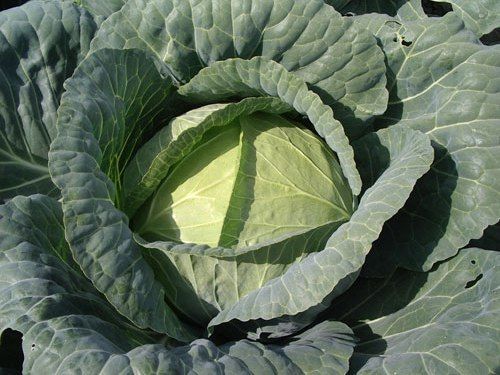
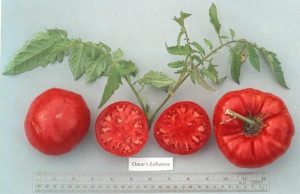
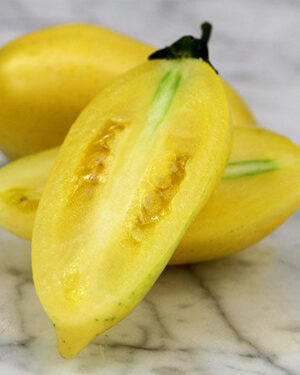
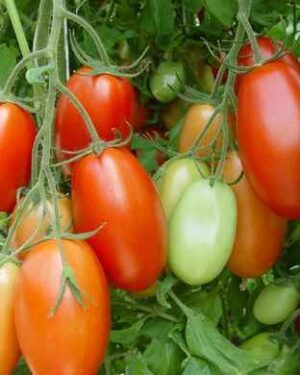


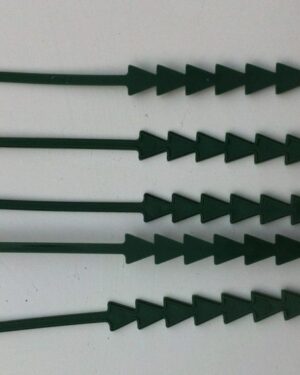
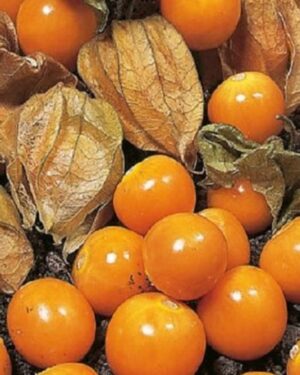
Reviews
There are no reviews yet.